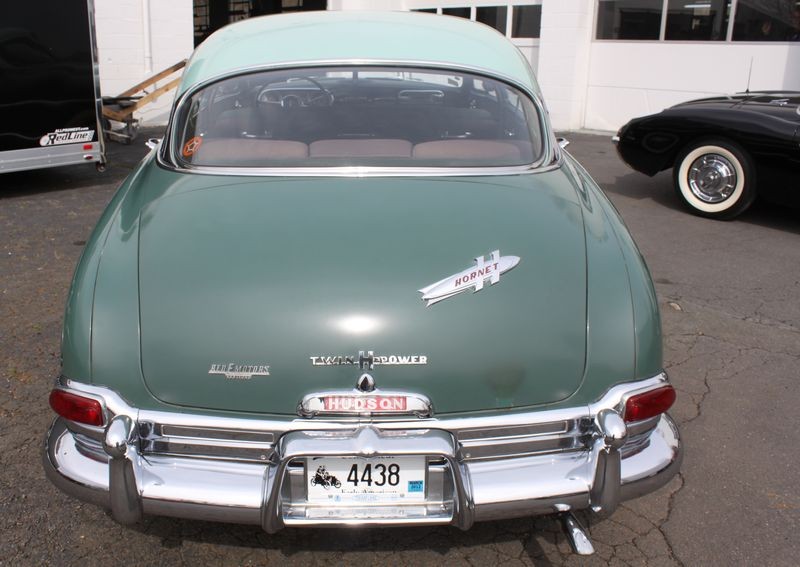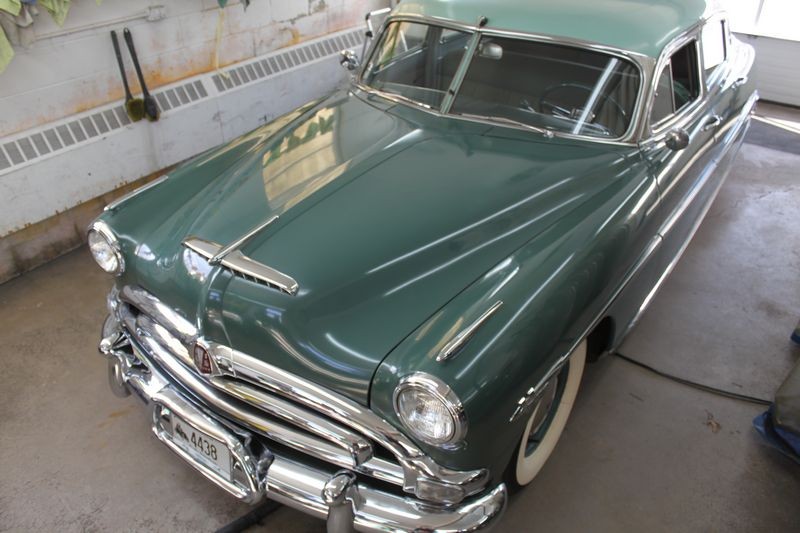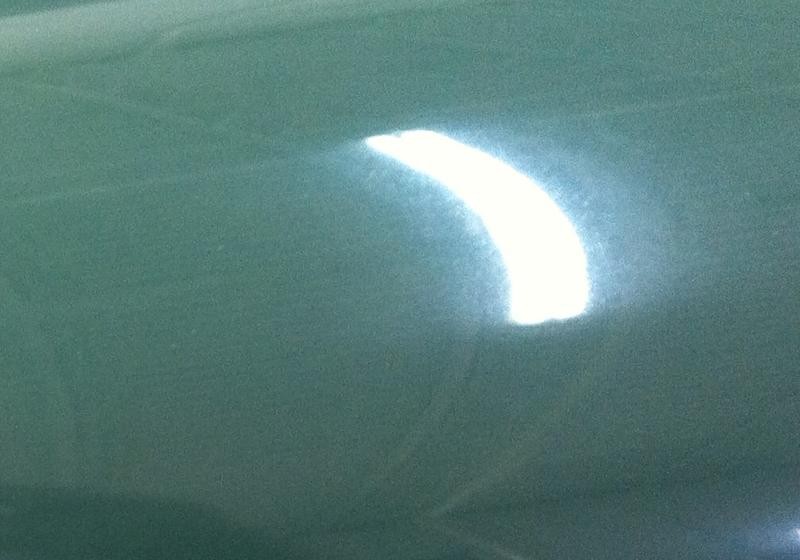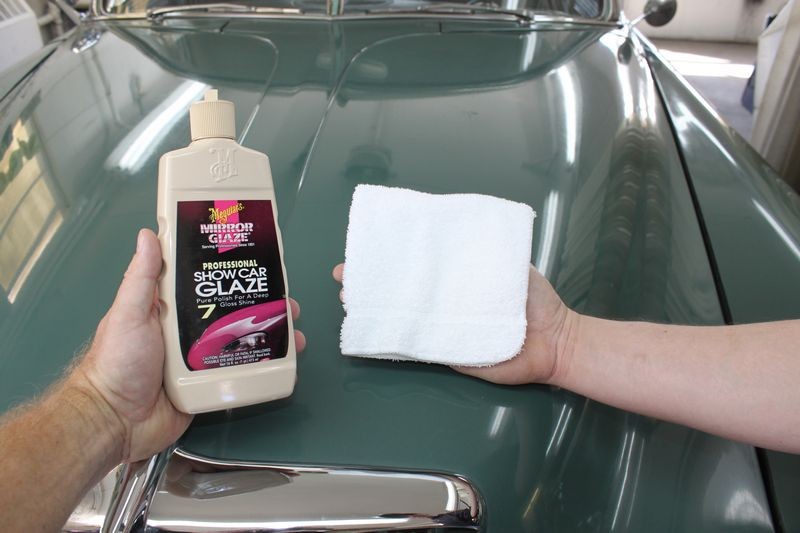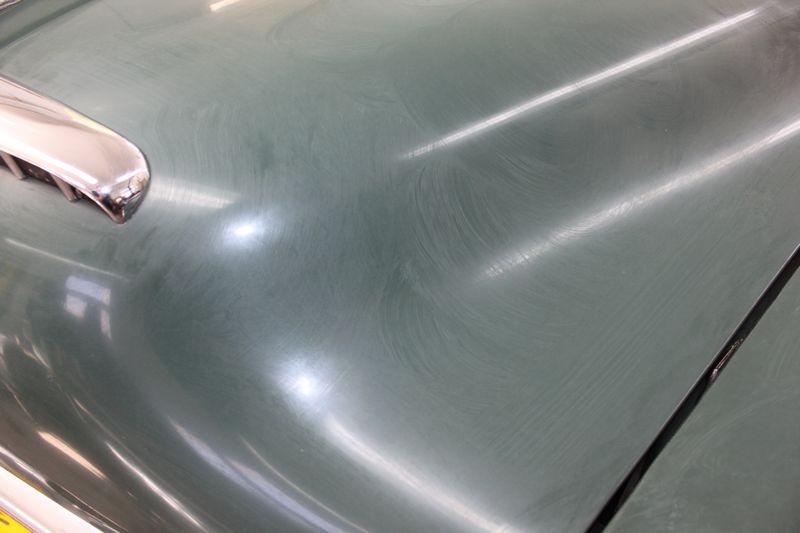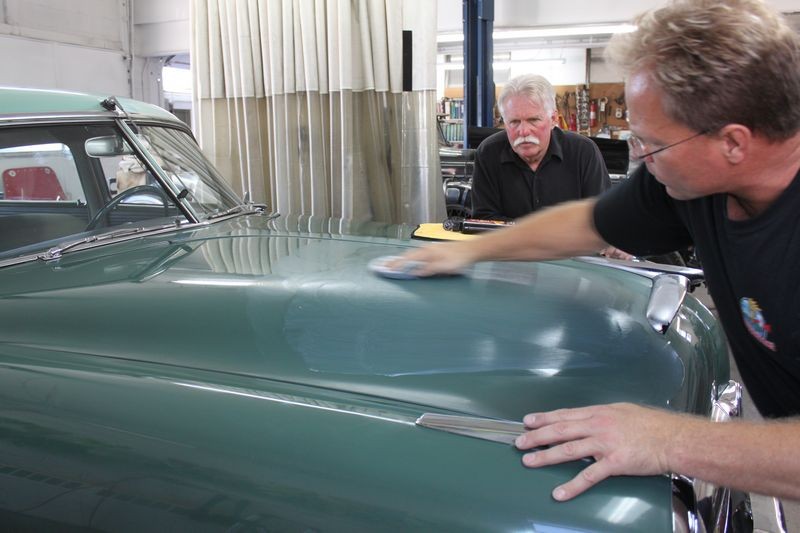I don't know how you could test and know 100% for sure.
The bigger picture would be that if this paint job on whatever it is you're working on is important to you then treat it with kids gloves as it's going to be old, dried-out and brittle. (I'm assuming since you didn't state what it is you're working on).
I've worked on Nitrocellulose Lacquer and it's very soft.
Get some Meguiar's #7 Show Car Glaze and rub the paint out with this product from the 1930's. Both Barry Meguiar and Wayne Carine spoke very highly of this product at Detail Fest this last weekend and it's the product I use to restore and maintain antique paint including Wayne Carini's 1953 Hudson.
Read, don't scan, through this article. It took me a long time to write because it's very detailed.
The Secret to Removing Oxidation and Restoring a Show Car Finish to Antique Single Stage Paints
Scan through this article, it's the short version of the above article...
4 Steps to restore single paint paint - 1972 Mercedes-Benz 280 SE
Here's a recent article I put together taking a little bit of my original article and combining it with pictures taken when I rubbed out Wayne's Hudson....
#7 is water soluble so anytime you use it you should coat the paint with something that is NOT water soluble, i.e. a wax or paint sealant.
#7 is an anomaly in the car detailing "products" world. There's no other product I know of that has endured over time as long as #7. None. except for #3, 5 and as of today, #1
#3 is basically a wetter version of #7 for use with a rotary buffer and it's used a LOT in the fiberglass molding industry to prep molds by machine to make them as smooth and gloss as possible after sanding, compounding and polishing and that's so the "part" taken out of the mold looks like the mold, that is smooth and glossy.
There's really no one left alive except for maybe Barry Meguiar that knows or remembers any of the history behind the very early products and how Meguiar's Furniture Cleaners and Polishes morphed into Automotive Cleaners and Polishes but suffice to say, as I document in my how-to book, early cars were coated or painted with coatings from the wood furniture industry because there wasn't any auto paint manufactures around back then and that's because we didn't have cars.
So when they started putting shellac, Lacquer and varnish on the wooden part of early cars to keep the wood from rotting and on the metal parts to keep the metal from rusting, it only made sense you could use "Furniture Polish" on a car to clean it up, make it look good and preserve it.
Early Furniture Cleaner & Polish
Early Automotive Polishes
The introduction and progression of #7
It's the only product like it on the market that's been around as long as this thing we call the "car". And that means it's been around as long as single stage automotive paints.
It's main strength now days is for restoring oxidized, dried-out, brittle antique single stage paint like I did for Wayne Carini on his all original 1953 Hudson with the original single stage paint.
I really like Wayne Carine and enjoy working with him because he's the real deal. He's a car guy through and through. I would only do what's was right for his car's antique paint. I explain why in this article,
The Mindset of a Professional Detailer
And just like I recommend in my major article on how to restore antique paint, early in the morning I rubbed the antique paint down with a heavy saturation of th #7 polishing oils.
Then let the Hudson soak in the #7 oils while I trained Wayne's Painter and Detailer in the art of polishing paint using a Ferrari F430 and a 1959 Corvette for our training cars. Towards the end of the day, after the Hudson soaked in the #7 for around 6-7 hours we then removed the #7 and used Pinnacle Advanced Swirl Remover and Advanced Finishing Polish to gently and carefully bring the paint back to a clear, high gloss.
Here's the Hudson outside, if you look you'll see Wayne is in the driver's seat moving the car out of where we were filming and into the wash and wax bay.
Dull, oxidized paint. If you look at the bumper that's me taking this pictures.

Rear shot, the 1959 Corvette we're going to use for a training car is to the right...
Dull, oxidized paint...
Same shot from above only I cropped out a 800 pixel section from the full size shot.
Here it is moved into the bay...
To some people, this car doesn't look to bad and in reality it wasn't horrible but it garage kept all of it's life.
It's still oxidized, dried-out and brittle and needs to be approached just the right way or the green top layer will be removed and the black primer will be exposed.
Here's a thin spot where you can see black primer showing through...
Here's some shots showing the oxidation that has occurred over the decades even parked in a garage....
In my article, I use and recommend terry cloth wash cloths to apply the #7 and the reason for this is because the nap, that is the tiny little cotton loops will work to not only agitate, loosen and abrade dead paint off the car they also help to really work the oils into the paint.
Microfiber towels would be too gentle. Microfiber towels would however be the right tool to remove the future polish and wax we apply.
The car is literally soaking in a heavy saturation application of the #7 while we go off to buff out a Ferrari and a Corvette.
I continue to use a single side throughout the entire application of the #7
Later in the day, after we wiped off the #7 that's when I switched over to Pinnacle Advanced Swirl Remover and Pinnacle Advanced Finishing Polish. We used the swirl remover for the roof, sides and back of the Hudson. For the front clip however, because the paint was incredibly thin, ONLY Pinnacle Advanced Finishing Polish was used and it was hand applied ONLY.
I don't blame Wayne for being watchful over the process, one mistake and the original paint would be ruined. The goal here was to PRESERVE the original paint. The last thing Wayne or any car collector would want to do is to repaint this survivor 1953 Hudson Hornet.
Now you can see the paint is turning clear as we bring out the full richness of color...
In this shot you can see Wayne's hand as he's walking down the side of the car inspecting the results and giving the paint a final wipe....
And this my friends is one of the most rewarding pictures I've ever taken. This shot was taken after we finished polishing every square inch of paint and then applying a coat of Souveran Paste Wax.
This is what I'm talking about....







